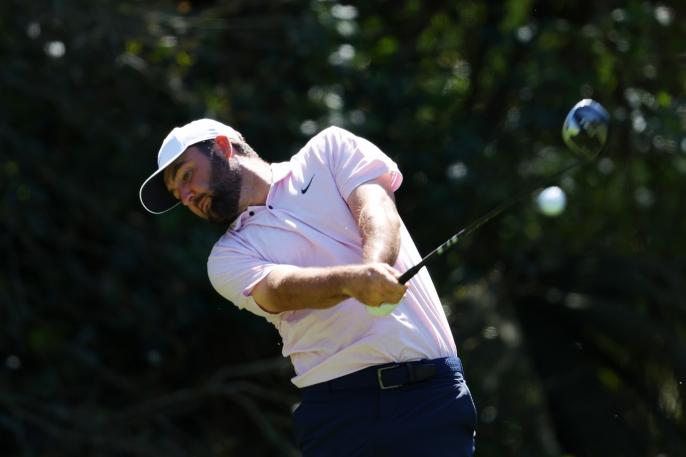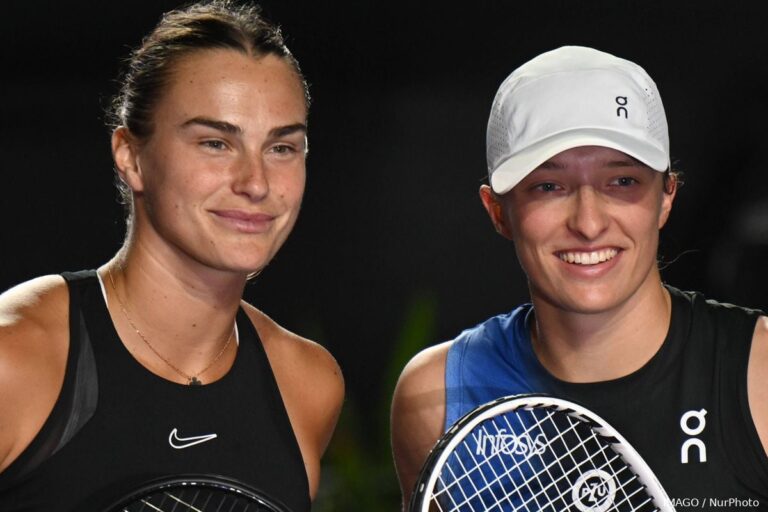Unveiling Golf’s Efficiency Enigma: The Intriguing Tale of Smash Factor
In the realm of golf, where precision and power intertwine, Scottie Scheffler’s tale on the course sparks a riveting debate: Is he truly dominating the game with his remarkable drives, or is there a subtler narrative lurking beneath the surface?
At first glance, Scheffler’s prowess seems undeniable. Averaging an impressive 300 yards per measured tee shot, he commands attention. However, delve deeper into the statistics, and a fascinating revelation emerges. Despite his yardage accolades, Scheffler finds himself nestled among the bottom ranks on the PGA Tour in a metric known as “smash factor.”
So, what exactly is this enigmatic stat that has golf enthusiasts and analysts buzzing with intrigue?
Smash factor, in its essence, is a numerical reflection of efficiency – a barometer of how effectively a player wields the golf club or, conversely, how efficiently the club itself performs. It’s a ratio calculated by dividing ball speed by clubhead speed, providing insights into the dynamics of a player’s swing and the impact it has on the ball.
In the intricate dance between club and ball, a smash factor of 1.50 reigns supreme as the epitome of efficiency. Yet, as the tapestry of professional golf unfolds, Scheffler’s figure of 1.479 pales in comparison to the zenith achieved by his peers.
But what factors contribute to this divergence in efficiency among players, and what implications does it hold for both amateurs and professionals alike?
For starters, the evolution of technology has propelled players towards newfound heights of optimization. Launch monitors, revered as the modern oracle of golfing insights, offer players a window into the intricacies of their swing dynamics. From strike efficiency to release dynamics, these tools empower players to fine-tune their game with surgical precision.
Moreover, the symbiotic relationship between player and equipment unveils a tale of continuous innovation. Manufacturers, driven by an insatiable quest for perfection, have engineered drivers capable of mitigating the repercussions of mis-hits – a feat that translates into tangible gains in smash factor for players like Scheffler.
However, amidst the allure of numerical prowess, lies a cautionary tale for both amateurs and professionals alike. While the pursuit of efficiency remains paramount, it’s crucial to acknowledge the nuanced interplay between speed and precision.
For long hitters like Scheffler, whose prodigious swings teeter on the edge of recklessness, optimizing smash factor presents a Herculean challenge. The relentless pursuit of speed often comes at the cost of precision, leaving players grappling with the elusive balance between power and finesse.
Conversely, the upper echelons of the smash factor leaderboard unveil a paradoxical truth – efficiency knows no bounds. Peashooters like Camilo Villegas defy conventional wisdom, showcasing that prowess transcends sheer power. Their mastery of the swing, honed through meticulous practice and unwavering discipline, stands as a testament to the enduring allure of precision in an era dominated by brute force.
For everyday players, the lessons gleaned from the professional realm echo with resounding clarity. In a world fixated on distance, smash factor emerges as a beacon of hope – a guiding light towards a more nuanced understanding of the game.
As Ben Giunta, a luminary in the realm of club fitting, aptly notes, smash factor remains an undervalued gem in the arsenal of every golfer. Beyond the allure of distance lies a realm of untapped potential, waiting to be unlocked through the prism of efficiency.
In the grand tapestry of golfing lore, smash factor stands as a testament to the enduring quest for excellence. From the hallowed fairways of Augusta to the humble confines of local courses, its resonance reverberates across generations, reminding players that in the pursuit of perfection, efficiency reigns supreme.






